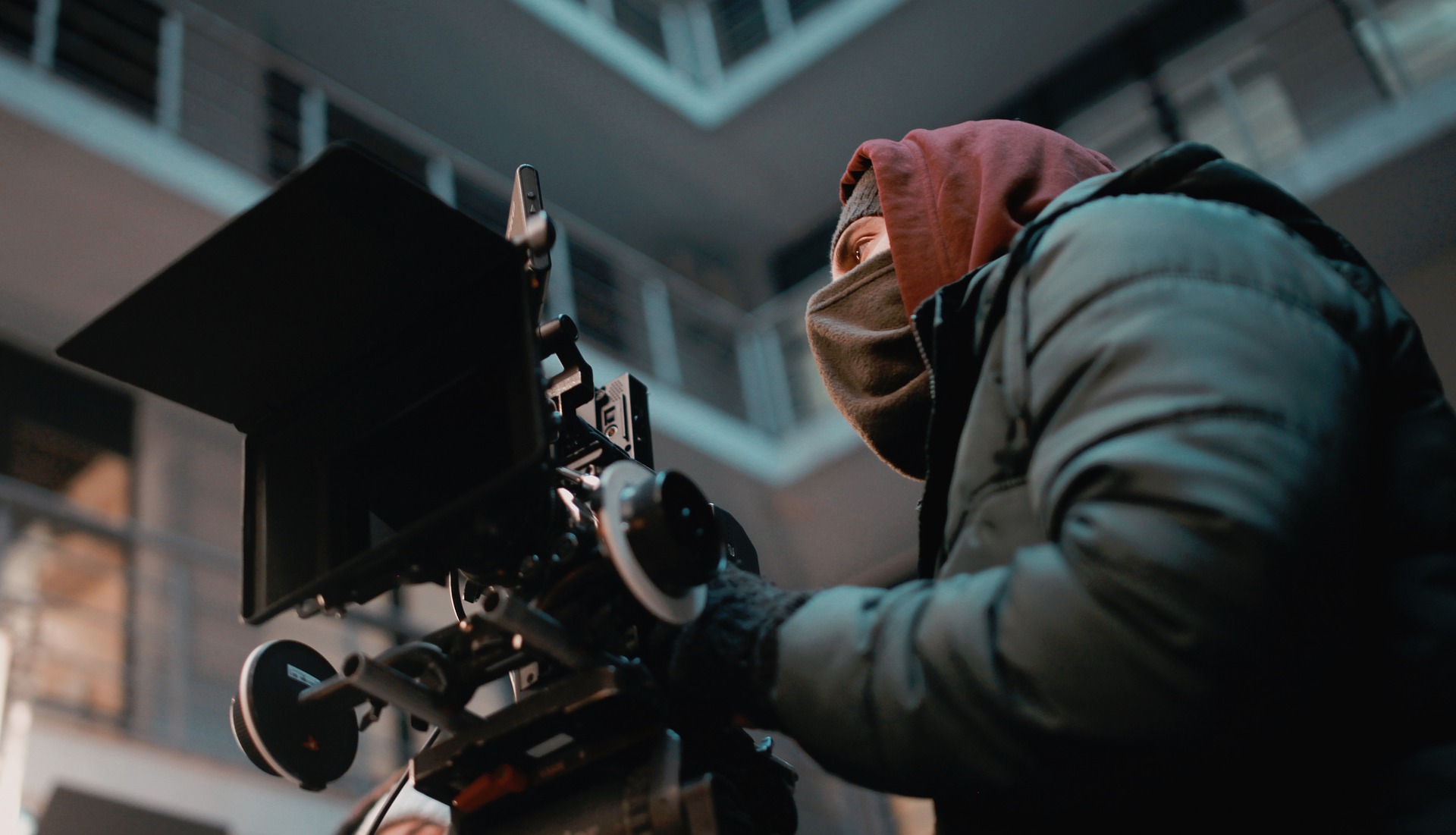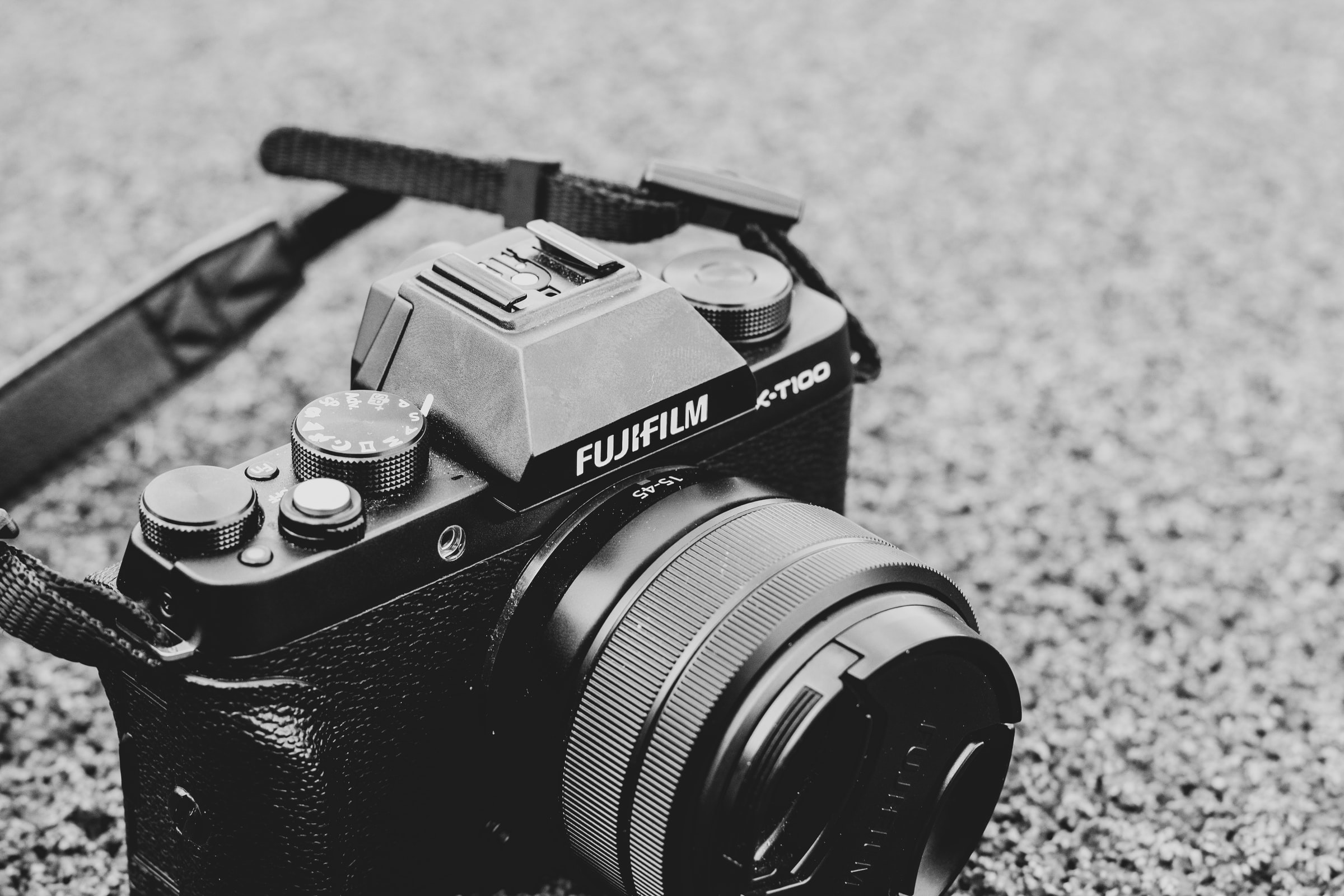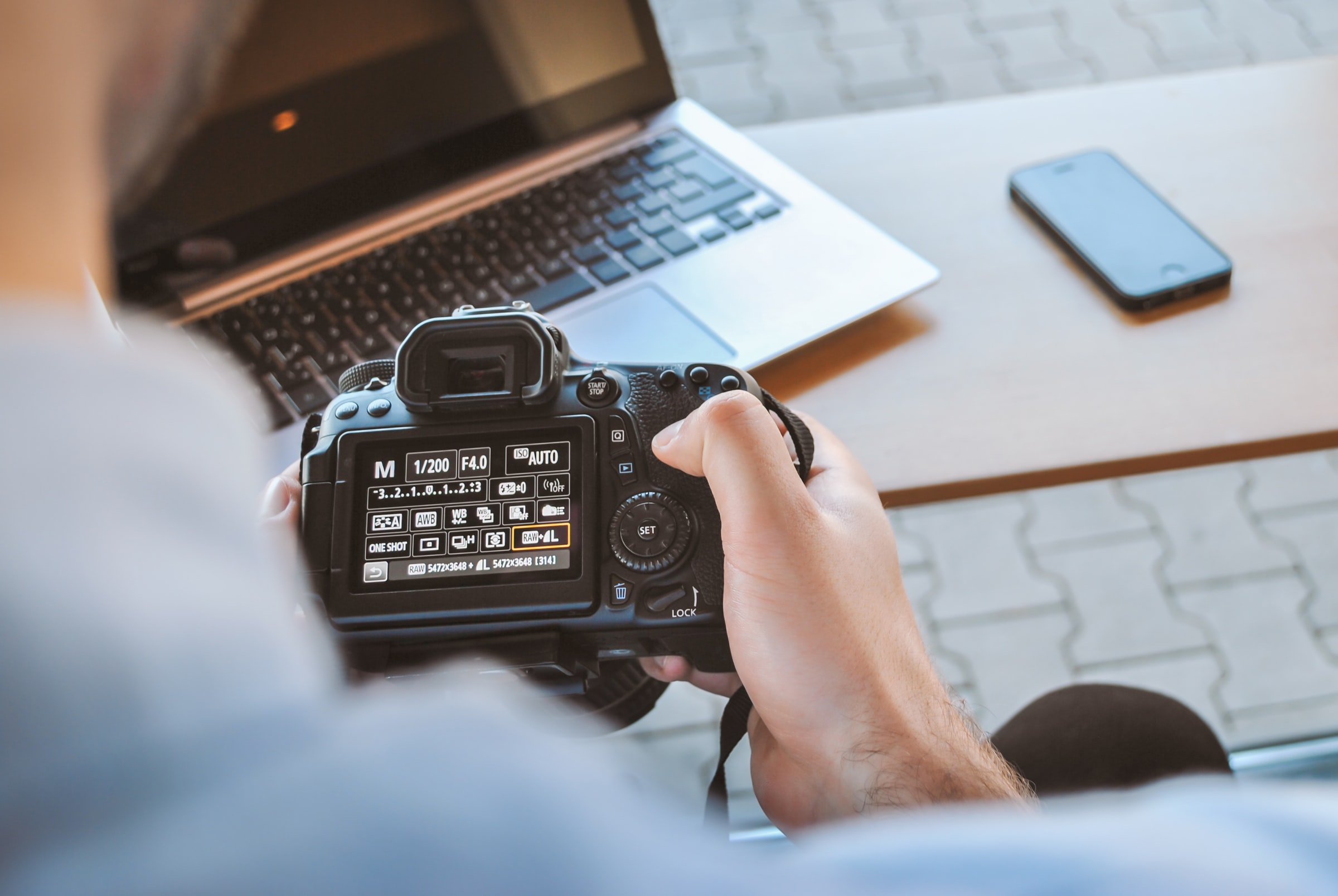Do you dream of becoming the next viral real estate content creator?
As a realtor, it is not impossible to do. All you need to do is to create relevant and compelling content.
Emphasizing the importance of real estate listings with compelling images have been a basic knowledge with most realtors.
But other than having the best images, adding amazing video content will also make your property listing stand out.
So, you have done filming the property with your real estate videographer.
What’s next?
It is to edit the video and turn it into content that matters.
This article will have some tips to make your video viral and promote your real estate property stand out.
Let us start with the four foundations.
Creativity
It is the wow factor of the video.
Ensure that you brainstorm this part of the video creation. Having a creative idea is the key to viral videos.
It should be unique with a sense of novelty that can capture your audience’s attention.
Shareability
People who find your content useful and unique tend to look for ways to share it on sites with a significant user volume.
It is the sharing process that makes the content go viral at the speed of light.
So, how do you make your content shareable?
Simple! Add the link in your description box.
Duration
Just like an article, KISS it – Keep It Short and Simple.
People are busy, and they do not have enough time to spend watching a long video.
So, the secret? Make a short video.
Ideally, it should only be around a minute to three, so the audience will not get bored.
Memorability
Make videos that create an impact.
Your viewers should remember your video. It is an excellent way to raise brand awareness.
You see, there is no need for them to ask you for help, but if they decide later on to purchase a property, they will remember and contact you.
Some of the things you can add to make your video memorable are iconic music, catchy taglines, or parodies.
Four Expert Tips for your Real Estate Video
Now, let us learn the tips you should follow.
Use YouTube
There are many known video sharing platforms these days, but YouTube still outranks others.
According to Hubspot, each month, over 2 billion logged-in users visit YouTube, with many people consuming over a billion hours of video time while generating billions of views.
With YouTube’s vast reach, growing a steady community of audience is possible.
All you need to have are contents that are relatable and do not violate the community rules.
Create a branded thumbnail
Some real estate videographers do not pay attention to the kind of thumbnail they use in the video.
This should not be the case.
As the realtor, proactively tell them that you should have an attractive thumbnail. It is essential in capturing the audience’s attention.
A thumbnail works like an image for a real estate listing, so it needs to be impressive to the audience.
Use Description and Hashtags
Optimize your video.
Just like other types of content, it needs to have a title and description with keywords. It is one way to make them rank and appear in the search engine.
Also, never forget to include a hashtag on your video description.
Do comprehensive research first on the trending hashtags on your niche or area.
It should be localized most of the time to make sure people in your target area see your video.
Are you now ready to make a viral real estate video? Master these tips, and you should be able to produce a video that educates and creates conversions.





